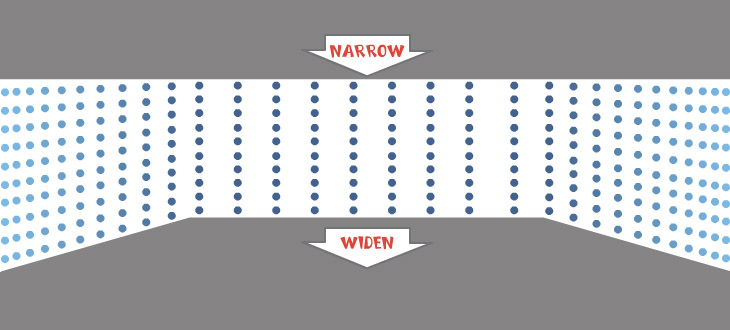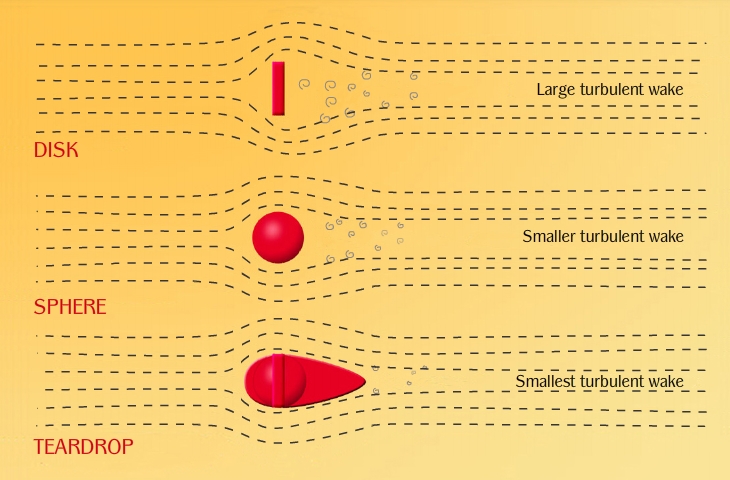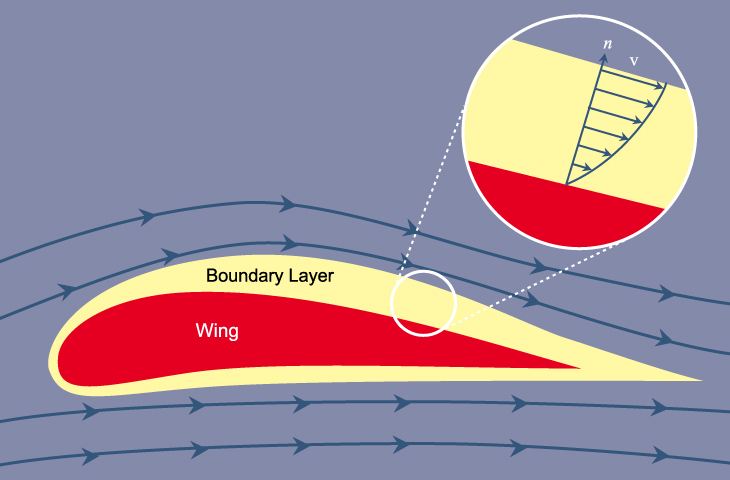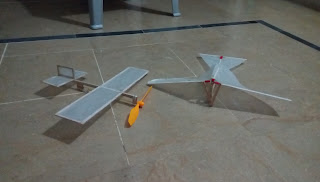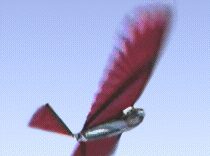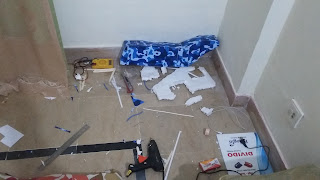Avionic Engineer
December 5, 2017

Avionic Engineer
December 5, 2017

First
of all,let me introduce my self I am Fizza Alina and the instistution
where i am currently studying is PAF KIET university. This is my first
blog and its all about aerodynamics. we made some projects i.e
Ornithopter, Rubber band glider, paper craft models.
CONCEPT OF AERODYNAMICS:
Aerodynamics
is the study of airflow and its principles,aerodynamic concepts are
also reflected in the simplest flying objects and in the natural model
for all studies of flight,like a bird's wings.
ORNITHOPTER:
An
ornithopter is an aircraft that flies by flapping its wings. Designers
seek to imitate the flapping-wing flight of birds. The first
ornithopters capable of flight were constructed in France. Jobert in
1871 used a rubber band to power a small model bird.
So here is my first project of this course.


RUBBER BAND GLIDER:
Rubber-powered
models are powered by the stored energy of a twisted elastic material.
These range from the simple rubber-band powered toys available in many
toy stores.The smallest rubber powered model aircraft was built in 1931
by a Philadelphia high school student, called the Flying Flea and was
one and a quarter inches long and could remain airborne for
approximately one minute..
so this is my second assignment its quite tricky but interesting as well.
here is the link for Instruction of rubber band glider:
www.rubber-power.com/instructions.


Avionic Engineer
December 5, 2017

First
of all,let me introduce my self I am Fizza Alina and the instistution
where i am currently studying is PAF KIET university. This is my first
blog and its all about aerodynamics. we made some projects i.e
Ornithopter, Rubber band glider, paper craft models.
CONCEPT OF AERODYNAMICS:
Aerodynamics
is the study of airflow and its principles,aerodynamic concepts are
also reflected in the simplest flying objects and in the natural model
for all studies of flight,like a bird's wings.
ORNITHOPTER:
An
ornithopter is an aircraft that flies by flapping its wings. Designers
seek to imitate the flapping-wing flight of birds. The first
ornithopters capable of flight were constructed in France. Jobert in
1871 used a rubber band to power a small model bird.
So here is my first project of this course.


RUBBER BAND GLIDER:
Rubber-powered
models are powered by the stored energy of a twisted elastic material.
These range from the simple rubber-band powered toys available in many
toy stores.The smallest rubber powered model aircraft was built in 1931
by a Philadelphia high school student, called the Flying Flea and was
one and a quarter inches long and could remain airborne for
approximately one minute..
so this is my second assignment its quite tricky but interesting as well.
here is the link for Instruction of rubber band glider:
www.rubber-power.com/instructions.


PAPER CRAFT MODEl:
This
is also given us as an assignment we all are made different models of
commercial and military 3D aircraft.. Here is the paper model of Boeing
737 which is my first paper craft model this paper craft is not
completed yet but i upload some pics of my craft.






